Exploring the hidden traditions of remote cultures offers a fascinating glimpse into the diverse ways people around the world celebrate life, navigate challenges, and honor their ancestors. These unique practices, often passed down through generations, reveal the deep spiritual and cultural connections that shape the identities of these communities. From breathtaking ceremonies to time-honored rituals, each tradition tells a story of resilience, belief, and the enduring human spirit in the face of change. This collection highlights some of the most intriguing and lesser-known traditions, providing a window into the rich tapestry of global cultural heritage.
The Hamar Bull-Jumping Ceremony (Ethiopia)
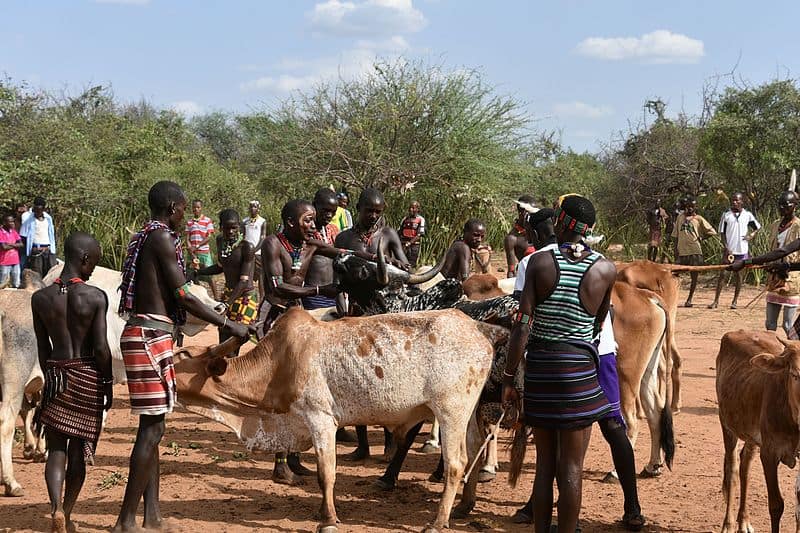
In Ethiopia’s Omo Valley, the Hamar people perform a unique rite of passage for young men called the Bull-Jumping Ceremony. Before a young man can marry, he must leap over a row of bulls, symbolizing his transition into adulthood. The event is a display of agility, courage, and balance, involving the man running over the backs of bulls lined up in a row. Women from the village also play a significant role, singing and dancing while being ritually whipped, which they proudly endure as a sign of their support and resilience. This ritual, steeped in cultural symbolism, marks the boy’s entry into manhood and is crucial for his social standing within the tribe.
The Bajau Sea Nomads’ Breath-Holding Techniques (Southeast Asia)

The Bajau people, known as “Sea Nomads,” live a life intricately connected to the ocean, primarily in the waters of the Philippines, Malaysia, and Indonesia. Their remarkable tradition involves free diving without modern equipment, often reaching depths of over 200 feet while holding their breath for several minutes. This practice, passed down through generations, is not just a survival skill but also a spiritual connection to the sea, where they believe their ancestors reside. The Bajau have adapted physiologically, with larger spleens that help them stay underwater longer, a trait studied by scientists. This unique way of life is now threatened by modern changes and environmental pressures.
The Dogon Cosmology and Sigui Festival (Mali)
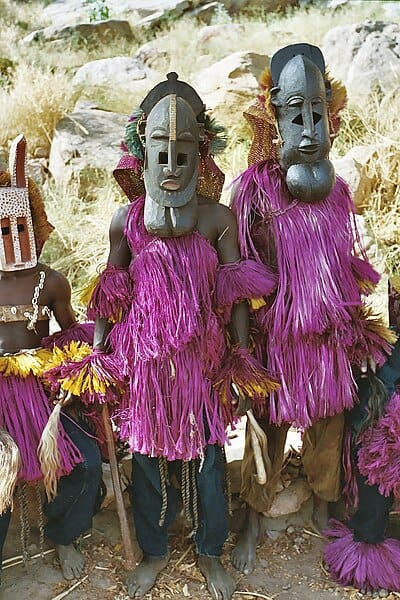
The Dogon people of Mali are known for their intricate cosmology and the Sigui festival, a tradition that occurs once every 60 years. This elaborate celebration, lasting several years, marks the renewal of the universe and the commemoration of the first death among the Dogon. The rituals involve wearing Kanaga masks, which represent the connection between heaven and earth, and performing complex dances that symbolize cosmic order. The Dogon believe their ancestors came from the star Sirius B, and the Sigui festival serves as a way to maintain harmony between the spiritual and earthly worlds. This ancient tradition is a profound expression of the Dogon’s spiritual beliefs and their understanding of the cosmos.
The Toraja Funeral Rites (Indonesia)
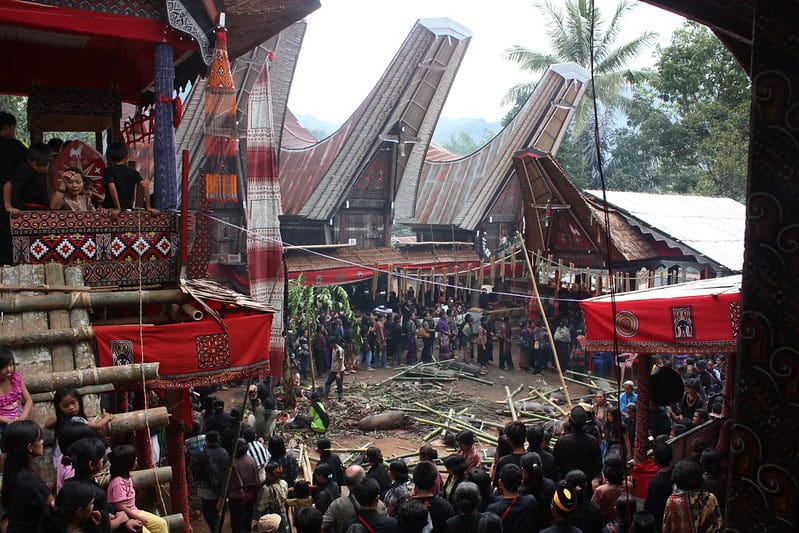
In the highlands of South Sulawesi, Indonesia, the Toraja people practice elaborate funeral rites that are considered more important than any other life event. These ceremonies, which can last several days, involve the sacrifice of water buffaloes, believed to help the deceased’s soul reach the afterlife. The body of the deceased is often kept in the family home for months or even years before the funeral, symbolizing their ongoing presence in the household. During the funeral, the community gathers to pay respects, celebrate the deceased’s life, and ensure their smooth journey to Puya, the land of the souls. This tradition, though costly, is a crucial part of the Toraja culture, reflecting their deep respect for their ancestors.
The Himba Red Ochre Tradition (Namibia)

The Himba people of Namibia are renowned for their distinctive appearance, particularly the red ochre paste that women apply to their skin and hair. This mixture, called otjize, is made from butterfat and ochre pigment, and serves multiple purposes: it protects the skin from the harsh sun, acts as a natural insect repellent, and symbolizes beauty and health. The tradition also has spiritual significance, as it connects the Himba women to the earth and their ancestors. Men typically do not apply the paste, and this practice distinctly marks the Himba women, making them easily recognizable. Despite modern influences, the Himba continue to uphold this tradition, which is central to their cultural identity.
The Kayan Long Neck Tradition (Thailand and Myanmar)
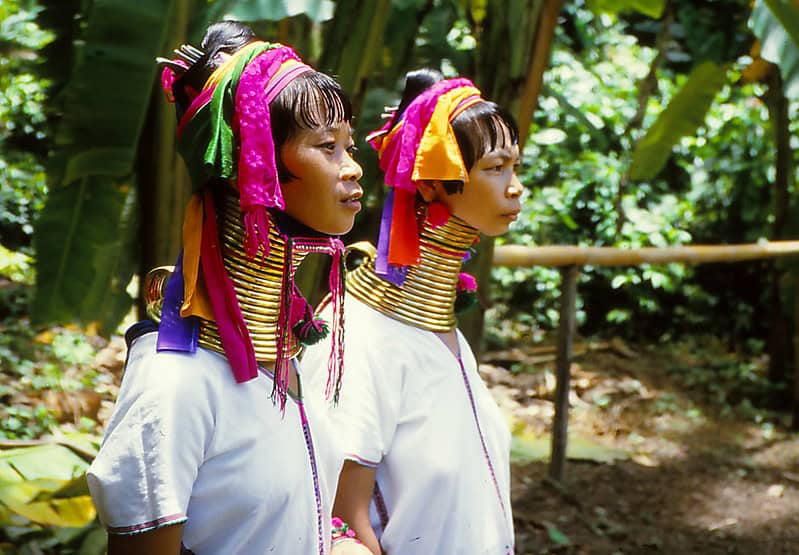
The Kayan people, primarily found in Thailand and Myanmar, are known for the custom of women wearing brass coils around their necks, often starting from a young age. Over time, additional coils are added, gradually elongating the neck, which is seen as a symbol of beauty and elegance. The practice is deeply rooted in cultural myths and beliefs, including the idea that it protects against tiger attacks or symbolizes the coils of a dragon, an animal revered in their folklore. The coils also mark their identity, setting them apart from other tribes and serving as a visual representation of their cultural heritage. Although controversial and declining in practice, this tradition remains a significant part of the Kayan people’s history.
The Kalash Polytheistic Beliefs and Festivals (Pakistan)
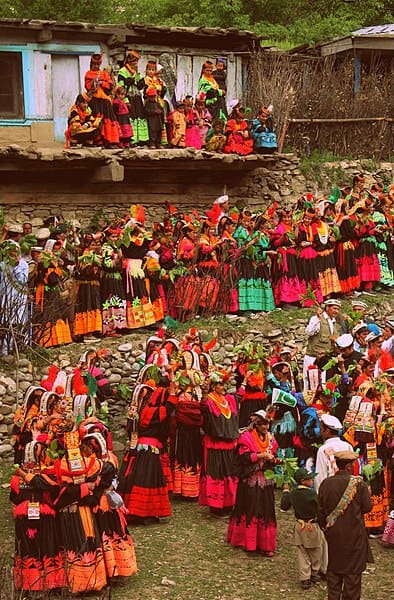
The Kalash people, residing in the remote valleys of the Hindu Kush mountains in Pakistan, maintain a unique polytheistic religion that includes animism and ancestor worship. Their cultural practices are highlighted during vibrant festivals such as Chilam Joshi and Uchal, which celebrate seasonal changes, harvests, and the worship of their gods. These festivals involve music, dance, and rituals where offerings are made to the deities to ensure the community’s prosperity and protection. The Kalash also wear distinctive, colorful garments and headdresses that are integral to their identity and religious ceremonies. Despite being a minority surrounded by predominantly Muslim communities, the Kalash have preserved their traditions, which are considered endangered but hold immense cultural value.
The Mentawai Teeth Sharpening Ritual (Indonesia)
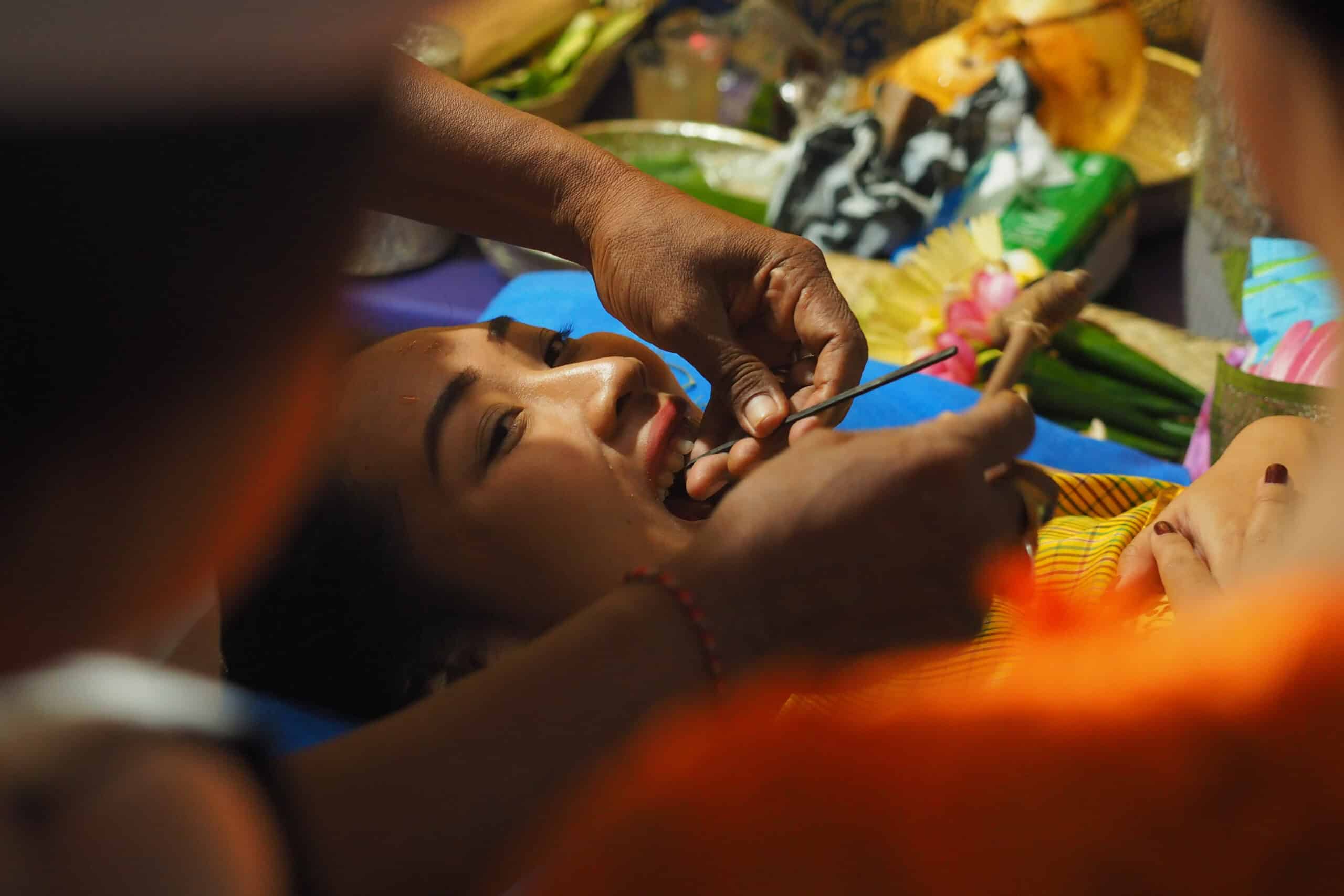
The Mentawai people of Siberut Island, Indonesia, practice a striking beauty ritual where women file their teeth to sharp points. This tradition is deeply symbolic, as sharpened teeth are considered a sign of beauty and a connection to their ancestors. The process, which is done using a chisel-like tool, is painful and usually performed without anesthesia, reflecting the strength and endurance of Mentawai women. This ritual also has a spiritual dimension, as it is believed to ward off evil spirits and ensure a harmonious relationship with nature. Although less common today, this practice is a powerful expression of the Mentawai’s cultural values and beliefs.
The Wodaabe Gerewol Festival (Niger)
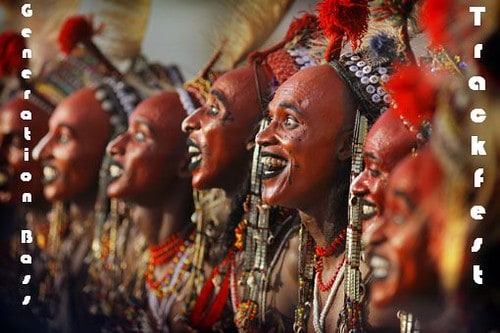
The Wodaabe, a nomadic ethnic group in Niger, celebrate the Gerewol festival, an annual courtship ritual where men dress elaborately and compete in beauty contests judged by women. Men paint their faces with red, white, and yellow, accentuating their eyes and teeth, which are considered marks of beauty. They perform the Yaake dance, showcasing their endurance and grace while trying to win the attention and favor of potential brides. This tradition, unique for its emphasis on male beauty, reverses typical gender roles by placing women in the position of choosing their partners. The Gerewol festival is a significant social event, strengthening community bonds and preserving Wodaabe cultural identity.
The Mursi Lip Plates (Ethiopia)
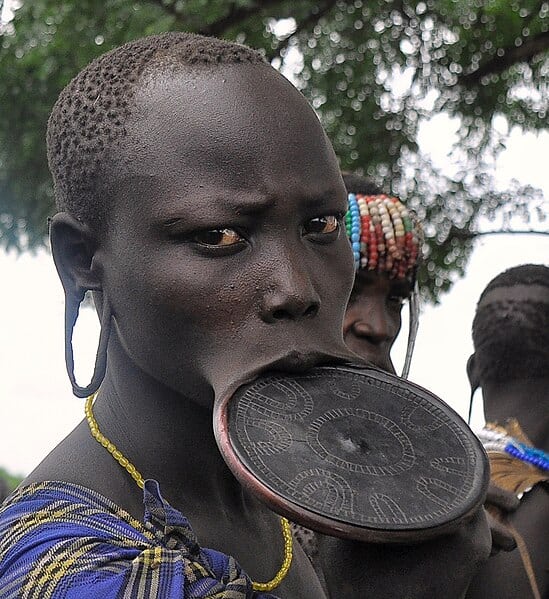
The Mursi women of Ethiopia’s Omo Valley are known for wearing large clay lip plates, a practice that begins during adolescence. The process involves cutting the lower lip and gradually stretching it to accommodate increasingly larger plates, which are a symbol of beauty, social status, and maturity. The tradition is also linked to the Mursi’s historical resistance to slavery, as it was believed to make women less attractive to slave traders. While the practice is declining among younger generations, it remains a powerful cultural marker for the Mursi, embodying their resilience and identity. The lip plates, though controversial, are an integral part of the Mursi’s cultural heritage.
The Nenets Reindeer Herding (Siberia)
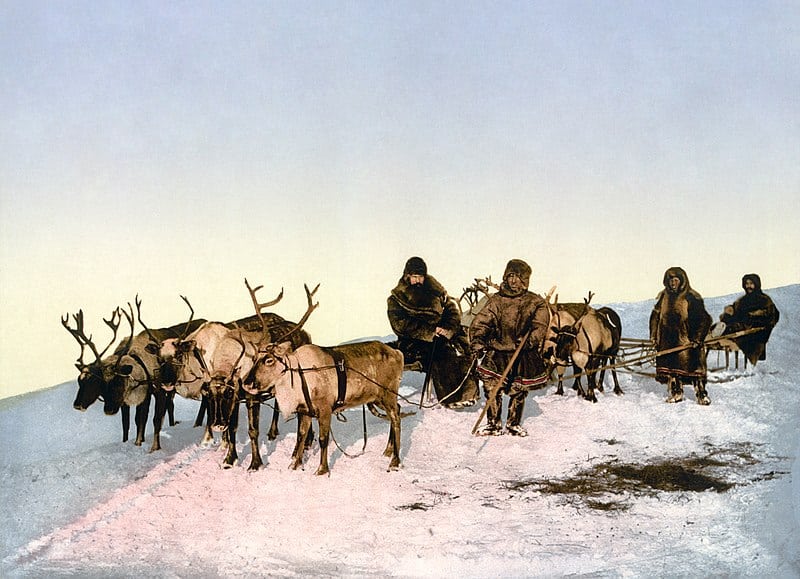
The Nenets, an indigenous people of Siberia, have maintained their traditional way of life as nomadic reindeer herders for centuries. Their entire existence revolves around the seasonal migration with their reindeer, covering vast distances across the tundra in search of grazing pastures. This practice, passed down through generations, is not only a means of survival but also a spiritual journey, connecting the Nenets to their land and ancestors. They live in portable tents called chums and endure extreme cold temperatures, relying on their herds for food, clothing, and transport. Despite the pressures of modernization and climate change, the Nenets’ reindeer herding remains a vital cultural tradition, symbolizing their deep connection to the Arctic environment.
The Maasai Jumping Dance (Kenya and Tanzania)
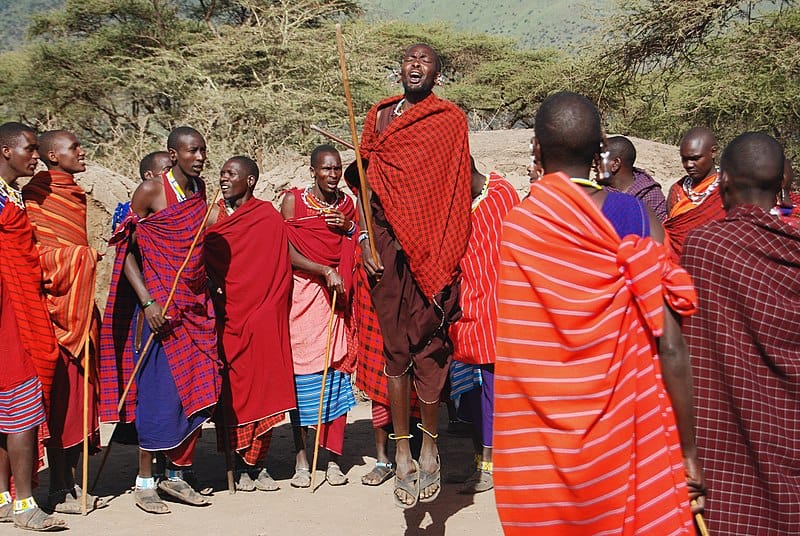
The Maasai people of Kenya and Tanzania are famous for their jumping dance, known as Adumu, performed during the Eunoto ceremony, which marks the transition of warriors into elderhood. This dance is characterized by men leaping into the air, often reaching impressive heights, in a display of strength, agility, and endurance. The higher a warrior can jump, the more respect he earns from his peers and the community, making it a crucial aspect of Maasai identity. The dance is accompanied by rhythmic singing and chanting, creating a powerful and communal atmosphere. This tradition not only highlights the Maasai’s physical prowess but also reinforces social bonds within the community.
The Ainu Bear Ritual (Japan)
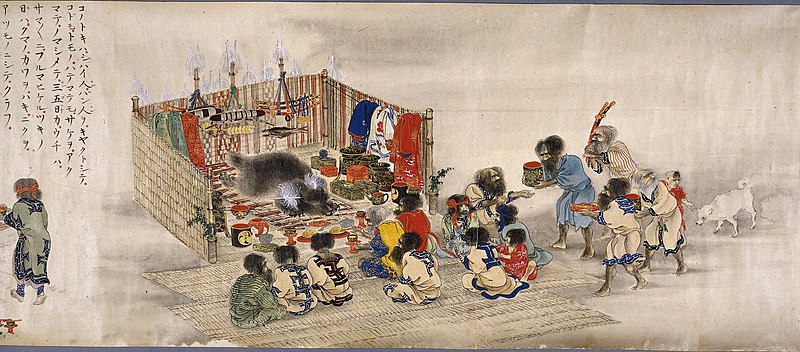
The Ainu people, an indigenous group from Japan’s northern islands, perform a bear sacrifice ritual known as Iomante, which is central to their spiritual beliefs. The ritual involves capturing a bear cub, raising it for a few years, and then ritually sacrificing it to release its spirit back to the gods. The Ainu believe that by honoring the bear, a sacred animal, they ensure the continued favor of the deities and the well-being of their community. This tradition, although controversial and now largely ceremonial, reflects the Ainu’s deep connection to nature and their belief in the animistic spirits that inhabit it. Iomante is a poignant reminder of the Ainu’s cultural and spiritual heritage, despite the pressures of assimilation and modernization.
The Tana Toraja Ma’Nene Tradition (Indonesia)
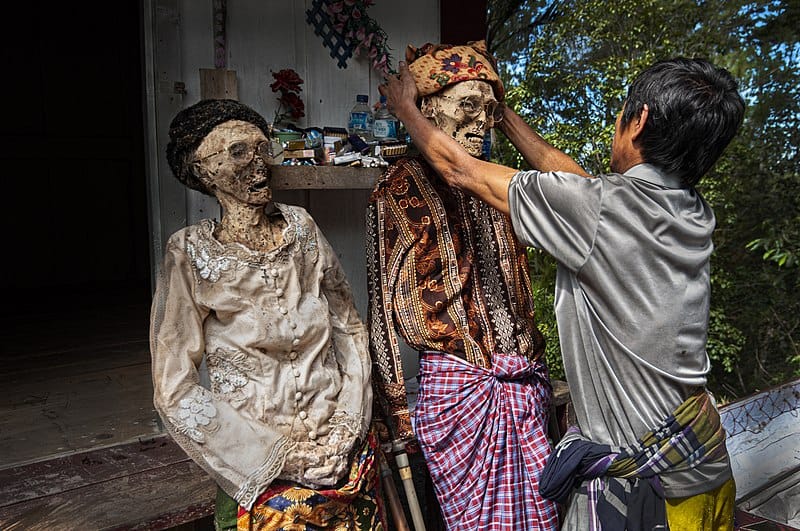
In the Tana Toraja region of Indonesia, the Ma’Nene ritual is a unique tradition where families exhume the bodies of their deceased loved ones every few years to clean, groom, and dress them in new clothes. The ritual, known as the “Ceremony of Cleaning Corpses,” is a way for the Toraja people to honor their ancestors and maintain a connection with them. This practice, which includes parading the mummified bodies around the village, is rooted in the belief that the dead continue to play a vital role in the lives of the living. Ma’Nene is a time of celebration, where families gather to remember and respect their ancestors, reinforcing the Toraja’s strong cultural identity. This tradition, although unusual to outsiders, is a profound expression of the Toraja’s beliefs about life, death, and the afterlife.
The Dani Pig Feast and Mock Battles (Papua, Indonesia)

The Dani people of Papua, Indonesia, celebrate significant events with pig feasts, a tradition that includes the ritual killing and cooking of pigs in earth ovens. These feasts are often accompanied by mock battles, where warriors don traditional attire and engage in ceremonial fighting, demonstrating their strength and valor. The pig feast is a symbol of wealth and status, and the sharing of meat strengthens social bonds within the community. This tradition, deeply rooted in Dani culture, is also a way to honor the spirits of the ancestors and ensure their continued protection. The pig feast and mock battles are vibrant expressions of the Dani’s cultural identity, reflecting their values of bravery, communal harmony, and respect for tradition.
The Vanuatu Land Diving (Pentecost Island, Vanuatu)
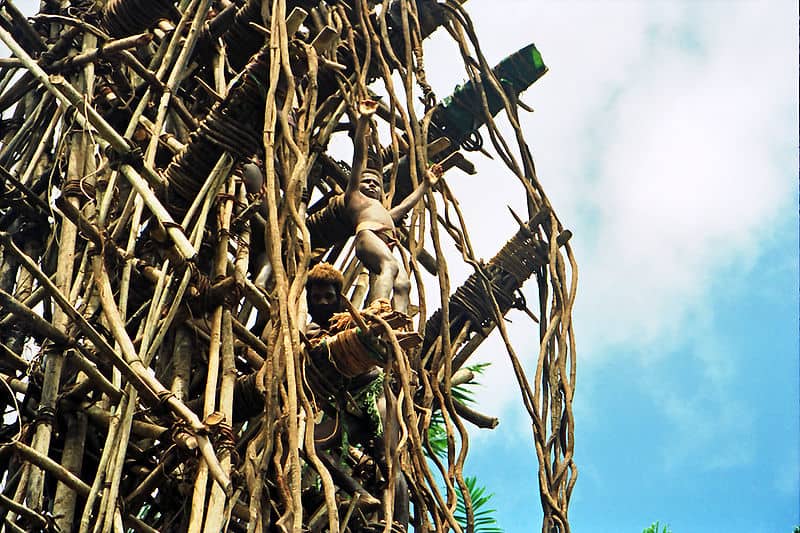
On Pentecost Island in Vanuatu, the land diving ritual, or Naghol, is a spectacular and dangerous tradition where men jump from wooden towers, with only vines tied to their ankles, to ensure a bountiful yam harvest. The jumpers, often from great heights, aim to brush the ground with their heads, which is believed to bring good fortune to the community. This ritual, considered a precursor to modern bungee jumping, is a test of bravery and a rite of passage for young men. The land diving ceremony is deeply spiritual, as it is believed to connect the participants with the spirits of the land and ensure the fertility of the soil. Despite the risks, this tradition remains a central part of Vanuatu’s cultural heritage, attracting both locals and international observers.
The San Healing Dance (Southern Africa)
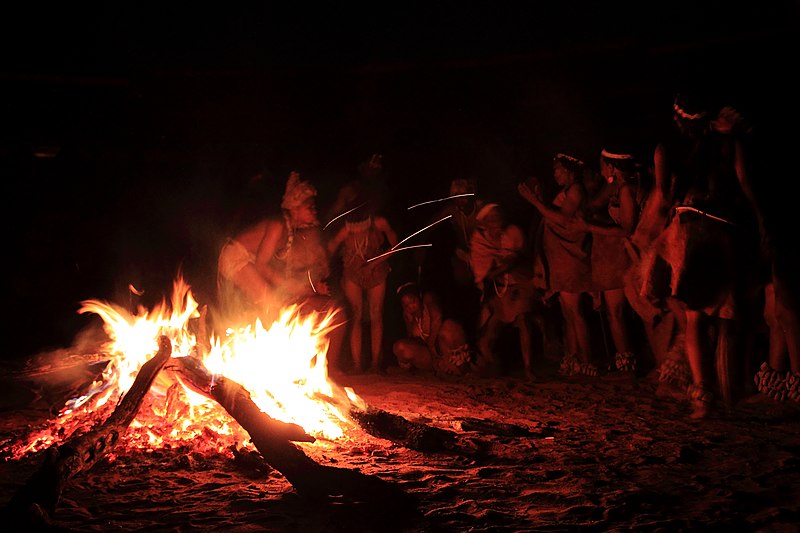
The San people of Southern Africa, also known as Bushmen, practice a healing dance known as the Trance Dance, which plays a crucial role in their spiritual and communal life. During the dance, participants enter a trance-like state, believed to enable them to communicate with the spiritual world and harness healing energy. The dance, which can last for hours, is accompanied by rhythmic clapping, singing, and the stamping of feet, creating a powerful collective energy. The San believe that this dance can heal physical ailments, resolve conflicts, and maintain harmony within the community. The Trance Dance is not only a healing practice but also a way of preserving the San’s ancient cultural traditions in the face of modern challenges.
This article originally appeared on Rarest.org.
More From Rarest.Org

Europe is home to countless stunning beaches, but some of the most beautiful remain hidden along its lesser-known coasts. These secluded spots offer a peaceful escape from the more crowded tourist destinations, allowing you to experience the natural beauty of the continent in a serene setting. Read more.
20 Unique Forest Creatures Preserved by Environmentalists
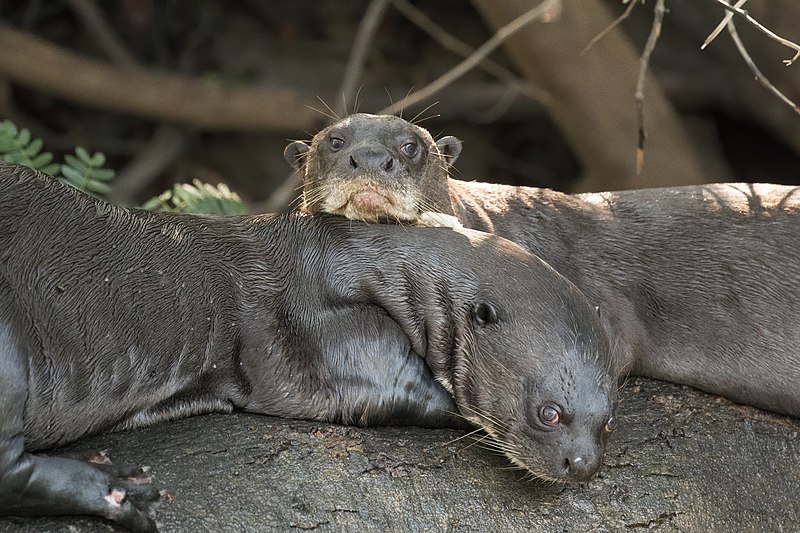
In the face of growing environmental challenges, the preservation of unique forest creatures has become a crucial focus for conservationists worldwide. Many of these animals are not only rare but also play vital roles in maintaining the health and balance of their ecosystems. Read more.
Australia is full of iconic landmarks, but there are many hidden gems that offer a unique and enriching experience away from the usual tourist spots. From historic sites and quirky attractions to stunning natural landscapes, these lesser-known places reveal a side of the country thatâs often missed. Read more.

